The cars
The first car, the "Majola Type A" appeared in 1911. It was powered by a 4-cylinder engine of 1.3-litres. Soon afterwards a second model, the "Majola Type B" was added, also powered by a 4-cylinder engine, but the engine on the "Type B" was only a 1-litre unit. Both these models would reappear after the war.
The two little 4-cylinder engined cars comprised the range exhibited at the 15th Paris Motor Show in October 1919. [6] The more powerful was identified as the Majola 10/20 HP, its engine size given as 1,390cc, and the less powerful 6/12 HP was powered by a 983cc 4-cylinder power unit. [6] The wheelbases were respectively 2,800 mm (110 in) and 2,300 mm (91 in). [6] Contemporary photographs show both cars fitted with "Torpedo" bodies which provided seating for four on the longer chassis and for two on the shorter one. [6]
At the 19th Paris Motor Show in October 1924 Majola again exhibited two small cars with 4-cylinder engines. [5] The larger engine was still of 1,390cc. The smaller engine retained the 90 mm (3.54 in) piston stroke of the car exhibited five years before, but the cylinder diameter (bore) had been increased by 3 mm (0.12 in) giving rise to an overall capacity increase to 1,088cc. [5] The increased cylinder bore also raised the car tax band and the car was branded as a "7 HP". [5] The 2,800 mm (110 in) wheelbase of the larger model was, like the engine size, unchanged, but the less powerful model now sat on a 2,450 mm (96 in) wheelbase. [5] In October 1924 The manufacturer was quoting a prices for the two cars, when fitted with a 4-seater "Torpedo" bodies. of 24,300 francs and 18,900 francs. [5]
There was no Paris Motor Show in October 1925, the venue having been booked instead for an Exhibition of Decorative Arts. [7] In October 1926 the Motor Show returned. [7] Majola again took a stand, and again exhibited their "7 HP" and "10 HP", powered by the same 1,088cc and 1,390cc engines as before. [7] This time the familiar models were joined by a 5 HP Cyclecar powered by an air-cooled engine designed by an engineer called Vaslin, who had built his reputation as the creator of a succession of light-weight aero-engines. [7]

Georges Mochet began to produce cycle-cars at his, now-demolished, premises at 68, Rue Roque-de-Fillol at Puteaux in approximately 1946 and by about 1952 had progressed to more modern looking two seater micro-cars and powered two-wheelers. In 1958, with approximately 3,000 vehicles manufactured, production ended.
Automobiles Stabilia was an automobile manufacturer based on the north side of Paris between 1906 and 1930. Although the name of the company changed a couple of times, the cars were branded with the Stabilia name throughout this period. The company specialised in lowered cars featuring a special patented type of suspension.

Sizaire-Berwick was an Anglo-French automobile manufacturer active between 1913 and 1927.

Ryjan was a make of French automobile produced by the Grillet company between 1920 and 1926. The factory was established in what was then a small town, a short distance to the west of Paris, called Chatou. In 1925 production was relocated to Nanterre in the west of the country.

Automobiles Robert Serf was a French automobile manufacturer active between 1925 and 1935.
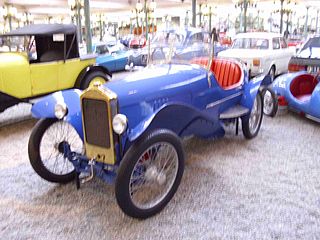
Sénéchal was a French automobile manufacturer between 1921 and 1929.
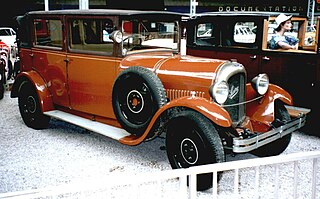
Automobiles J. Suère was a French manufacturer of automobiles between 1909 and 1931.

Sima Violet was a French manufacturer of cyclecars between 1924 and 1929.
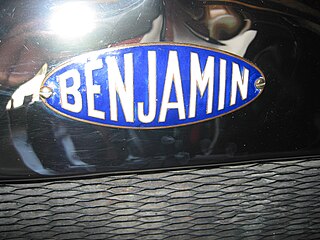
Benjamin was a French manufacturer of cyclecars between 1921 and 1927 and based on the north-west edge of Paris. 1927 was a year of changes which included a name change, and between 1927 and 1929 the company operated under a new name, Benova.
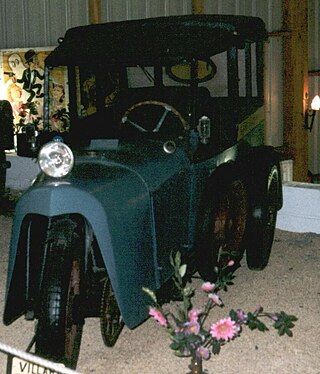
Villard was a French automobile manufacturer between 1925 and 1935.

Établissements V. Vermorel was a French engineering business that existed between 1850 and 1965: for more than a century, until the death in 1957 of Édouard Vermorel, it was a family-run business.
Zeiller & Fournier was a short-lived French automobile producer.
Société des Nouveaux Ateliers A. Deguingand was a short-lived French automobile manufacturer.
Raymond Siran, Cyclecars D'Yrsan was a French manufacturer of automobiles in the cyclecar class.

Louis Chenard was a French producer of automobiles, making cars at Colombes, near Paris from 1920 till 1932. Louis Chenard was always a relatively low volume manufacturer. Engines were bought in, mostly from Chapuis-Dornier.
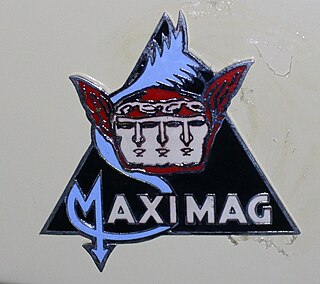
Maximag was the name of a Swiss automobile, produced by Motosacoche, based at Carouge, a suburb of Geneva, from 1923 till 1928.

Messier was a French automobile manufacturer, based at Montrouge, on the southern edge of Paris, from 1925 till 1931.
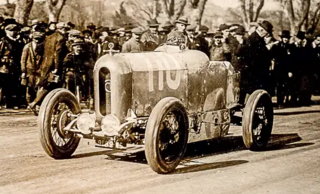
Octo was a French automobile manufactured at Courbevoie by Louis Vienne between 1921 and 1928.

Automobiles Oméga-Six was a French automobile manufactured in the Paris region by Gabriel Daubeck between 1922 and 1930.

The Société Bel Motors was a French microcar (automobile) manufacturer established at Les Sables-d'Olonne in 1976 by Jean Bellier. The cars used the name Véloto which reflected aspects of their light-weight design, notably in respect of the spoked wheels which would not have looked out of place on a bicycle.
This page is based on this
Wikipedia article Text is available under the
CC BY-SA 4.0 license; additional terms may apply.
Images, videos and audio are available under their respective licenses.
















